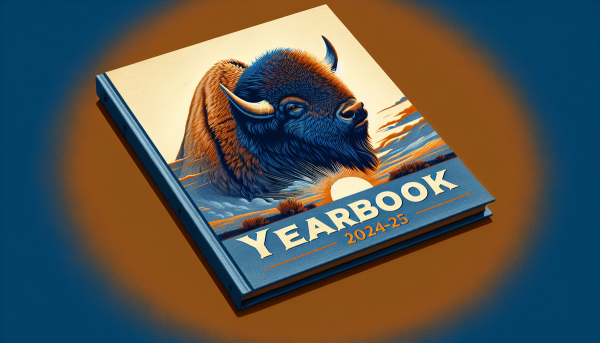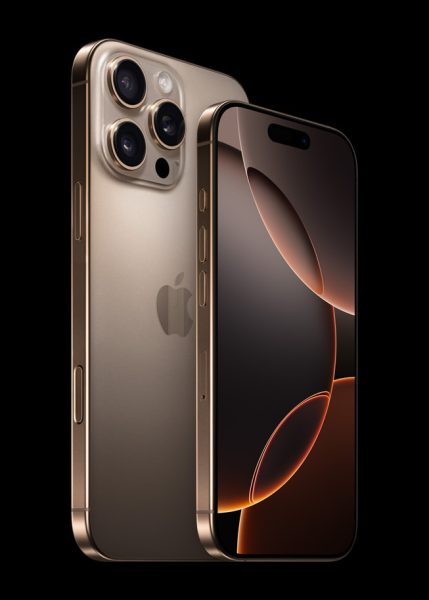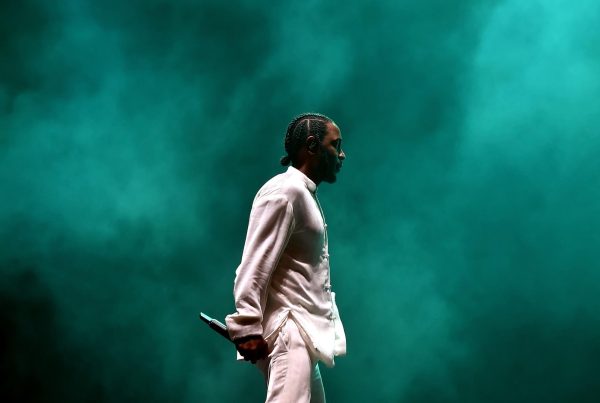The evolution of the Disney princess: elegance, independence and diversity
Some of the most popular icons that Disney has created fall under the category of Disney princesses. From a marketing standpoint, it can be argued that the target demographic of consumers for these enchanting characters are primarily composed of young girls. However, the impact that these glorified princesses create reach much further than just the impressionable minds of young girls.
While there have been changes made in recent decades, many classic and typically well–known Disney movies feature young, beautiful female protagonists who are meant to catch the attention of young female viewers.
“I think that today, little girls are definitely still influenced by Disney princesses,” senior Brittany Hinkle said. “The media has an effect on how little girls see themselves and they use princesses as a way to figure out how they should look and be.”
Additionally, since many films were based on fairytales or myths, these princesses are usually women who find themselves in trouble and in need of saving, typically by a man.
Unfortunately, these classic and widely known princesses don’t represent much else than beautiful damsels in distress, which isn’t exactly conveying a positive message.
Luckily, today the once subservient and overly– feminine princesses have evolved into substantially more positive and empowering characters.
“Right now, my daughter is super into princess stuff,” algebra teacher Corinne Larson said. “She’s way more interested in the princesses themselves, rather than the message of the movies; but as a parent I’ve seen a real shift between the classic Disney princess stories and the ones being released now.”
Today’s princesses are just as independent and strong as any other male heroes that can be found in any of Disney’s various animated landscapes. In fact, one of the biggest leaps that Disney has made happened just a few years ago with their introduction of their first African– American princess, Tiana from “The Princess and the Frog.” This installment served as a new progressive chapter in Disney’s animation legacy.
“I remember when I went to Disney World and saw the princesses at Princess Castle. Most of them were there, but I didn’t see Mulan. The only reference that she even had was a little poster in the China part of Epcot,” Hinkle said. “But now the new Disney movies are getting more diverse which I think makes a positive impact.”
While Disney is definitely improving upon racial and ethnic diversity in their princess movies, they have also expanded on the idea of making movies that don’t focus primarily on trivial things like finding your true love and riding off into the sunset.
Before Anna and Elsa reached out to little girls and taught them that the value of platonic love between sisters is just as important as a romantic relationship between a princess and her prince, it wasn’t unusual to hear a stew of feminist critiques on Disney princesses.
Many have argued that allowing little girls to watch, enjoy and emulate Disney princesses could make them believe that their sole purpose in life was to marry young and spend the rest of their lives catering to a man.
However, today Disney had transformed the plotline of their infamous princess movies to incorporate themes which challenge gender roles and highlight other important parts of young girls’ lives.
“The Disney princess movies that are coming out now are way more empowering for girls,” senior Eduardo Aviles said. “If you look at Merida from ‘Brave’ or even Mulan, you can see that princesses are taking on much stronger roles instead of just waiting around for Prince Charming to save them.”





